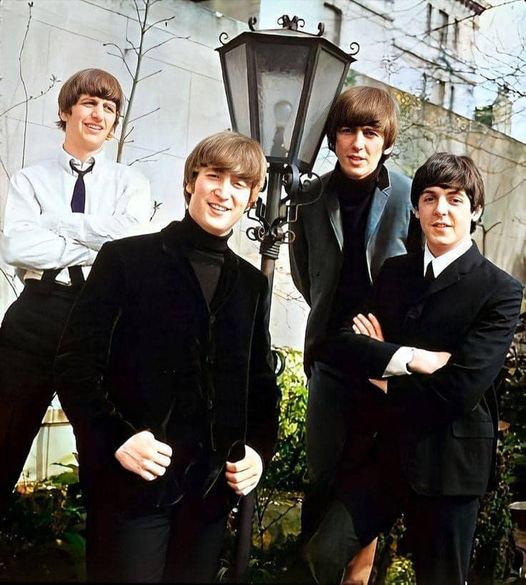“Honey Pie” is a playful and nostalgic track by The Beatles, featured on their 1968 double album known as “The White Album.” Written primarily by Paul McCartney, the song is a tribute to the early 20th-century British music hall style, blending elements of jazz and vaudeville with The Beatles’ signature charm. “Honey Pie” captures themes of longing, nostalgia, and whimsical romance, showcasing the band’s versatility and McCartney’s talent for crafting lighthearted yet evocative tunes.
The title, “Honey Pie,” suggests a narrative centered around affection and longing, with “honey” conveying sweetness and “pie” evoking warmth and comfort. This playful and endearing phrase sets the tone for a whimsical and nostalgic love story, capturing the essence of a bygone era. The theme of nostalgia is central to the song, highlighting the longing for simpler times and romanticized memories.
Lyrically, the song tells the story of a man yearning for his beloved “Honey Pie,” a woman who has become a successful star in America. The protagonist expresses his desire for her to return home, reminiscing about their past and celebrating her achievements. The lyrics convey a sense of admiration and affection, capturing the protagonist’s blend of pride and longing. The narrative reflects the universal experience of cherishing fond memories and the bittersweet nature of distance in relationships.

Paul McCartney’s vocal performance adds charm and character to the song. Known for his versatile voice and melodic sensibility, McCartney delivers the lyrics with a blend of warmth and playfulness, capturing the protagonist’s affection and whimsy. His vocal interpretation conveys the nostalgic and lighthearted nature of the narrative, allowing listeners to connect with the story and enjoy the song’s whimsical energy. McCartney’s ability to express genuine emotion enhances the song’s impact, making it both engaging and delightful.
Musically, “Honey Pie” features a rich and lively arrangement that complements the song’s themes of nostalgia and whimsy. The instrumentation includes piano, clarinet, brass, and a jazzy rhythm section, creating a vibrant and nostalgic soundscape that underscores the lyrical content. The melody is both catchy and whimsical, reinforcing the themes of longing and romance. This musical complexity allows the song to resonate with listeners, drawing them into the narrative and inviting them to experience the playful nostalgia conveyed by the protagonist.
The song’s exploration of nostalgia and whimsy resonates with listeners by highlighting the universal experience of longing for the past and cherishing fond memories. It serves as a reminder of the joy and comfort that can be found in romanticized memories and the allure of simpler times. By focusing on the protagonist’s journey, the song invites listeners to reflect on their own experiences with nostalgia and the bittersweet nature of longing for what once was.
“Honey Pie” showcases The Beatles’ talent for blending musical styles and crafting engaging narratives. The band’s ability to capture the nuances of nostalgia and whimsy and express them through song is evident in this track, making it a memorable piece in their discography. The song’s message of longing and affection adds depth to its appeal, resonating with audiences across generations.
In conclusion, The Beatles’ “Honey Pie” is a playful exploration of nostalgia, whimsy, and the longing for simpler times. Through its charming lyrics and lively melody, the song captures the essence of romanticized memories and the bittersweet nature of distance in relationships. The timeless themes and vibrant sound contribute to its enduring appeal, inviting listeners to reflect on their own experiences with nostalgia and the joy of cherishing fond memories. As listeners engage with the song, they are encouraged to embrace the whimsy and charm of the music and to find delight in the nostalgic journey it offers.














